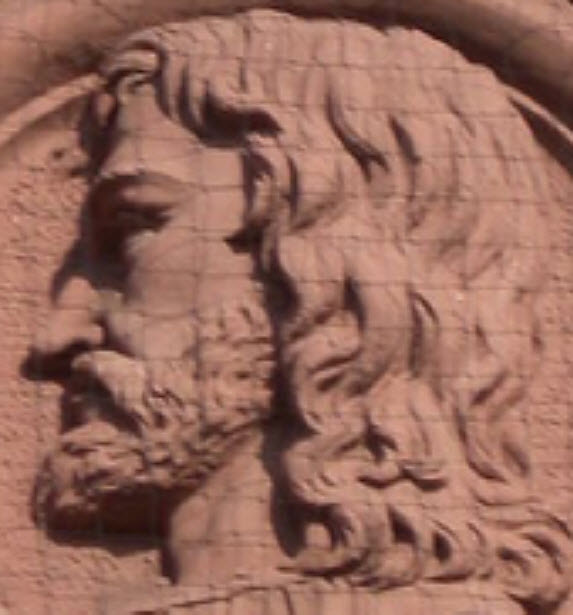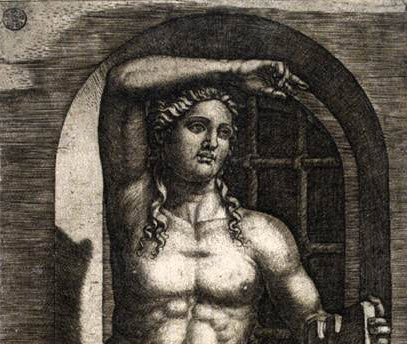

Marcantonio Raimondi - A Renaissance Pioneer in Illegal Copying
Marcantonio Raimondi, or more simply Marcantonio, (born c. 1480 - died c. 1534) was an Italian goldsmith, engraver, and printer. He was a key figure in the early development of printing techniques, and pioneered methods for reproducing art work. He is recognized as the first print maker whose work consisted mainly of printing copies of paintings and works by other artists.
Marcantonio Raimondi was born around 1480 in a small village near Bologna, Italy. There he trained alongside Francesco Squarcione in the studio of the painter and goldsmith Francesco Raibolini, nicknamed "Francia". His first dated production, completed in 1505, illustrates the mythological story of Pyramus and Thisbe. His biographer Giorgio Vasari writes that Marcantonio quickly showed more skill than his master, Francia.
In addition to his own original work, Marcantonio began reproducing works of art by better known artists, particularly Albrecht Durer. Marcantonio skillfully reproduced the works of Durer, such as his woodcut series depicting the Life of the Virgin, by creating an engraving that could then be used to stamp copies with a printing press. Marcantonio not only copied Durer's works, he brazenly passed them off as what would today be compared to an authorized reproduction, by stamping Durer's trademark "AD" initials on the copies that he produced.
 Marcantonio's artistic piracy so incensed Durer that he journeyed to Venice, where Marcantonio had established his workshop, in an attempt to put a stop to it. Durer asked the Republic of Venice for legal protection, and was successful in obtaining an order preventing Marcantonio from marking his reproductions as "AD" but Durer was not able to stop the continued printing of unauthorized copies of his artwork.
Although this case is over 500 years old, it is surprisingly reminiscent of the issues faced by artists today in regards to illegal copying of their works. The more things change the more they stay the same.
Marcantonio's artistic piracy so incensed Durer that he journeyed to Venice, where Marcantonio had established his workshop, in an attempt to put a stop to it. Durer asked the Republic of Venice for legal protection, and was successful in obtaining an order preventing Marcantonio from marking his reproductions as "AD" but Durer was not able to stop the continued printing of unauthorized copies of his artwork.
Although this case is over 500 years old, it is surprisingly reminiscent of the issues faced by artists today in regards to illegal copying of their works. The more things change the more they stay the same.
Marcantonio appears to have derived a handsome profit from the sale of unauthorized prints of works by Durer and other artists. This allowed Marcantonio to rise in society and gain admittance to the upper echelons of the artistic world. In 1510 he relocated to Rome where he associated with the artist Raphael and his circle, and proceeded to make copies of his works as well.
Marcantonio was briefly imprisoned by the Pope for having created a set of obscene illustrations for the classic erotic book, "I Modi" (The Ways) - known in English by the title, Aretino's Postures, which depicts in graphic detail various sexual positions. This book was suppressed by the Catholic Church but some fragments survive.
Marcantonio suffered additional misfortunes towards the end of his life. When Rome was sacked by the Spanish forces in 1527, he was taken prisoner and forced to buy his release by paying a heavy ransom. This reduced the printer to poverty and his last few years were lived in obscurity. He died at the age of 54.
Home | Biography | Artwork | Site Map | XML | Change Log | Privacy Policy | About |